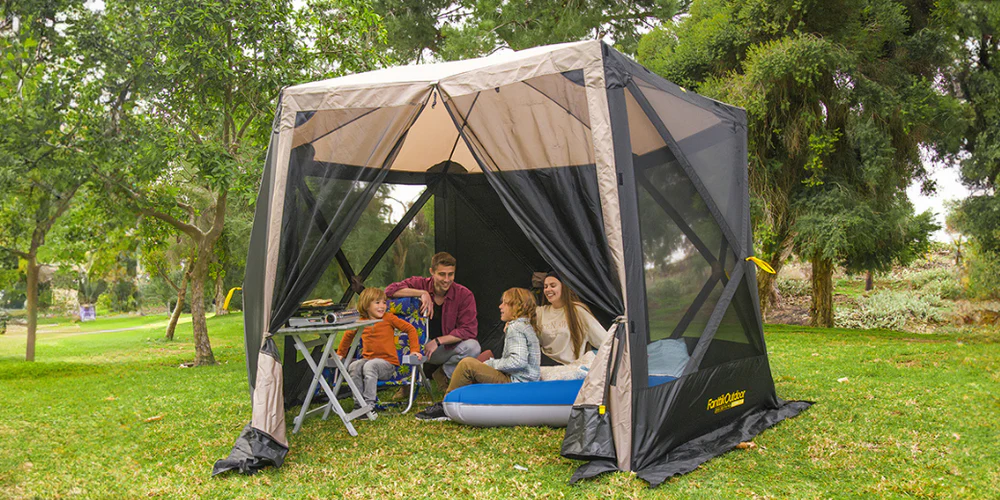Uncover the Secrets to Ultimate Outdoor Event Safety You Can't Afford to Miss!
Outdoor events can be a thrilling experience, but they also come with a unique set of risks that require careful consideration and planning. From unpredictable weather changes to potential crowd control issues, the importance of outdoor event safety cannot be overstated. Every organizer must be proactive, ensuring not just the enjoyment of attendees but also their safety. Whether it’s a music festival, a community fair, or a corporate retreat, being prepared for emergencies and understanding the potential hazards can make all the difference. A well-executed safety plan not only protects participants but also enhances the overall experience, allowing everyone to enjoy the event with peace of mind.

Understanding Outdoor Event Risks
Outdoor events face a myriad of risks, and understanding these is the first step toward effective safety planning. Weather conditions are perhaps the most unpredictable, with rain, wind, or extreme heat posing direct threats to attendees' comfort and safety. Additionally, crowd control is crucial; large gatherings can escalate quickly, leading to potential injuries or chaos if not managed properly. Health emergencies, such as allergic reactions or sudden illnesses, can also arise unexpectedly. Prior to any event, conducting a thorough risk assessment is essential. This involves analyzing the venue, expected attendance, and any specific risks associated with the activities planned. By identifying these potential hazards early, organizers can implement strategies to mitigate them, ensuring that safety is prioritized from the outset.
Essential Safety Equipment for Outdoor Events
Equipping an outdoor event with the right safety gear is critical to ensuring attendee safety. A well-stocked first aid kit stands out as a non-negotiable item. It should be easily accessible and contain essential supplies such as bandages, antiseptic wipes, and medications for allergic reactions. Fire extinguishers are another vital piece of equipment, particularly for events that involve cooking or open flames. It’s also crucial to have communication devices, such as two-way radios, to facilitate quick communication between staff members in case of an emergency. These tools not only assist in managing incidents but also provide peace of mind to both organizers and attendees, knowing that help is readily available should the need arise.
First Aid Kits
A comprehensive first aid kit should include an array of items to address various medical situations. Essential contents should feature adhesive bandages, gauze pads, medical tape, scissors, tweezers, and antiseptic solutions. Additionally, including items like allergy medications, a CPR face shield, and a first aid manual can prove invaluable during an emergency. Having trained personnel who know how to use these items effectively is equally important, as the right response in a critical situation can significantly impact outcomes.
Fire Safety Equipment
Fire safety is another paramount concern at outdoor events. Depending on the event's nature, different types of fire extinguishers should be readily available. For instance, a Class A extinguisher is suitable for ordinary combustibles, while a Class B extinguisher is necessary for flammable liquids. It’s also important to ensure that staff are trained in fire safety protocols and know how to use the equipment. Regular safety drills can enhance preparedness and ensure that everyone understands their role should a fire emergency occur.
Consulting Safety Professionals
Hiring safety consultants can greatly enhance the effectiveness of an outdoor event's safety plan. These professionals bring expertise and experience that can identify potential hazards that may not be immediately obvious to organizers. They can craft a comprehensive safety strategy tailored to the specific needs of the event, ensuring compliance with local regulations and best practices. By investing in expert advice, organizers can not only enhance safety measures but also streamline the planning process, allowing them to focus on delivering a successful event rather than worrying about unforeseen risks.
Training and Awareness for Event Staff
Training event staff and volunteers in safety protocols is a crucial aspect of outdoor event management. These individuals are often the first responders in any situation, and their preparedness can significantly influence the outcome of an emergency. Training programs can cover various topics such as first aid, fire safety, and crowd management. Engaging local safety organizations to provide training can be beneficial and foster a culture of safety among all event personnel. Moreover, conducting regular briefings before the event can ensure that everyone is on the same page regarding their responsibilities and emergency procedures.
Key Takeaways on Event Safety Planning
In conclusion, outdoor event safety is an essential component that cannot be overlooked. From understanding the inherent risks to equipping events with the necessary safety gear, every detail contributes to the overall safety and enjoyment of attendees. Engaging safety professionals and training staff adds layers of preparedness that can make a significant difference in emergency situations. By prioritizing comprehensive planning and investing in safety measures, organizers can create memorable experiences where participants can focus on fun rather than worrying about potential hazards. Remember, a well-planned outdoor event is not only enjoyable but also safe for everyone involved.






